

Today we’d like to introduce you to Dr Sunanda.
Dr Sunanda, we appreciate you taking the time to share your story with us today. Where does your story begin?
My Journey in Dance
My journey with dance began in Mumbai, a city that has always nurtured dreams and creativity. From a very young age, I found myself drawn to the rhythm and grace of Bharatanatyam. Dance soon became my language — a way to express emotions that words could never quite capture.
It was during my student years, while learning Bharatanatyam under the guidance of Shri Deepak Mazumdar, that I was first introduced to Mohiniattam and to my life’s guiding force, Padma Bhushan Dr. Kanak Rele. That meeting changed the course of my life. Under her mentorship, I found my true calling. She not only trained me in the technique and aesthetics of the dance form but also instilled in me the philosophy that art is sadhana — a lifelong pursuit of truth, discipline, and grace. Following her footsteps, I went on to complete my Master’s and Doctorate in Mohiniattam from the University of Mumbai.
Over the decades, my journey has been one of devotion and discovery — performing, teaching, researching, and constantly learning. I have been blessed to perform on some of the most prestigious stages in India and abroad, representing the spirit of Kerala through Mohiniattam. Each performance has been a prayer, a moment of stillness within motion, and a reaffirmation of why I chose this path.
Teaching has been an equally fulfilling part of my journey. For more than two decades, I have been spreading Mohiniattam in the United States, creating a vibrant community of learners from across the world. Many of my students have grown into award-winning performers and scholars themselves, carrying forward the bani and values of our tradition. Watching them blossom gives me the same joy as performing — perhaps even more.
Through the years, there have been challenges — from finding the right musicians to maintaining the purity of the form in new cultural landscapes — but each challenge has only deepened my commitment. Dance has taught me patience, humility, and the beauty of perseverance.
As I look back on over five decades in this sacred journey of art, I feel an overwhelming sense of gratitude — to my Gurus who shaped my path, to my parents who believed in me, to my students who keep the flame alive, and to the divine energy that continues to guide every step I take. For me, Mohiniattam is not just a dance — it is a way of life, a continuous offering, and the very rhythm of my existence.
I’m sure it wasn’t obstacle-free, but would you say the journey has been fairly smooth so far?
The journey has been deeply fulfilling, but certainly not always smooth. Every phase has brought its own set of challenges — some external, some internal — all of which have shaped me into who I am today.
In the early years, it wasn’t easy to pursue a classical art form like Mohiniattam in a city like Mumbai. Building awareness, interest, and respect for Mohiniattam took patience, persistence, and an unshakable belief in its beauty. Later, when I began choreographing new works, finding dedicated musicians who could understand and support the nuances of the form became another challenge.
After moving to the United States, those challenges took on a completely new dimension. Suddenly, I found myself in an environment where the ecosystem that supports Indian classical dance — the live musicians, the cultural rhythm, the shared artistic language — was no longer easily accessible. Coordinating with my musicians and composers back in India became one of the biggest hurdles. Mohiniattam, being an art form so deeply rooted in abhinaya and rhythmic subtlety, demands constant communication and shared understanding between the dancer and the musicians. When I began choreographing new works, it became increasingly difficult to convey those finer emotional and rhythmic nuances across continents. Long phone calls, video exchanges, and endless back-and-forths became the norm. There were times when pieces had to be restructured entirely once I reached India for the final staging.
Still, I refused to let distance dilute the artistic integrity of my work. Every new choreography had to come alive with the same spirit and precision as it would have in India. I made sure it happened — even if it meant sleepless nights, long flights, or rehearsing immediately after landing. For me, every production was a promise to my Guru and to the art form itself. It was this unwavering commitment that helped me sustain and create meaningful work despite the obstacles. Once the new piece was fully ready and performed, I would head straight into the recording studio with my team of very cooperative and dedicated musicians. Those sessions often went on for hours, capturing the music exactly as envisioned. Many times, I would leave the studio late at night or in the early hours of the morning — only to catch an early morning flight back to Houston soon after. There was little time to rest, but a great sense of fulfillment in knowing that another new work had been completed and documented with integrity.
Through all this, I learned that passion truly fuels endurance. The process — from conceptualizing a new piece, coordinating across continents, rehearsing through jet lag, performing, recording, and returning home to my little girl — demanded both emotional and physical strength. But it also taught me that when your heart is anchored in your purpose, every sacrifice feels worthwhile.
Thanks for sharing that. So, maybe next you can tell us a bit more about your work?
I am a practitioner, performer, and teacher of Mohiniattam, and my entire life has been shaped by my Guru, Padma Bhushan Dr. Kanak Rele. I have had the rare privilege of working very closely with her for many years — not just as a student, but as a dancer, assistant, and faculty member at Nalanda Nritya Kala Mahavidyalaya, affiliated to the University of Mumbai. I was also a lecturer in dance at Nalanda for about nine years before I moved to the United States.
During those formative years, I had the extraordinary opportunity to be part of nearly all of Dr. Kanak Rele’s 99 choreographic works, performing as the lead in her major dance dramas. This was not simply training; it was total immersion. I absorbed every aspect of her artistry — her clarity of nritta technique, her depth of abhinaya, and her uncompromising discipline in maintaining the identity and grammar of the form. Every correction she gave, every subtle nuance she emphasized, every expression she refined — they continue to echo in my mind even today.
I believe that such rigorous and intimate training leaves an indelible mark. The bani of Dr. Kanak Rele is not something external to me anymore; it has become my very being — my second skin. What sets me apart, perhaps, is that my understanding of Mohiniattam is not observational or secondhand. It has been lived, practiced, and experienced under her direct guidance for years.
As I teach my students today, I carry forward that same precision, purity, and philosophy. Every movement, every gesture, every emotion I pass on comes from that lineage of authenticity. I often say that only one who has danced and lived through those choreographies, who has undergone that process of refinement under her, can truly communicate the essence of her bani to the next generation. That is the legacy I strive to preserve — to ensure that what my Guru built with such vision and devotion continues to live through every dancer I train.
We all have a different way of looking at and defining success. How do you define success?
For me, success has never been measured by awards, accolades, or numbers — not the quantity of students I teach, nor the stages I perform on. True success, in my view, is a state of complete bliss — a quiet, fulfilling sense of knowing that one’s purpose is being realized.
In my life, that bliss comes from seeing the bani of my Guru, Dr. Kanak Rele, being carried forward with fidelity and devotion by the younger generation. Every subtle nuance she emphasized, every correction she made, every principle she held sacred in her style of dancing — if I have been able to pass all of that on to my students, I know I have succeeded. It is in their precise movements, their clarity of expression, their discipline, and their dedication that I find the truest reflection of my own journey.
The most rewarding moment of my journey came during the program Guru Dakshina, my offerings to my Guru. I had made sure that my students performed at that function, and after it, when I went to take her blessings, she was tearing up. She looked at me and said, “Sunanda, I can see my Mohiniattam live through you.” That moment — to know that my Guru could see her life’s work continuing through me — was the most fulfilling and cherished moment of my lifetime.
When I watch my students perform, embodying the essence of the bani exactly as it was intended, I experience a joy that no award or recognition can ever replicate. Their shining presence on stage, their understanding of the depth and subtlety of Mohiniattam, and their ability to carry forward a lineage that has been painstakingly preserved — that, to me, is the pinnacle of success.
Success, then, is not external. It is living the art, sustaining its purity, and nurturing others to do the same. It is knowing that what my Guru invested in me — her wisdom, her vision, her sadhana — continues to thrive through the next generation. That is a success that is timeless, immeasurable, and deeply fulfilling.
Contact Info:
- Website: https://sunandanair.carrd.co/
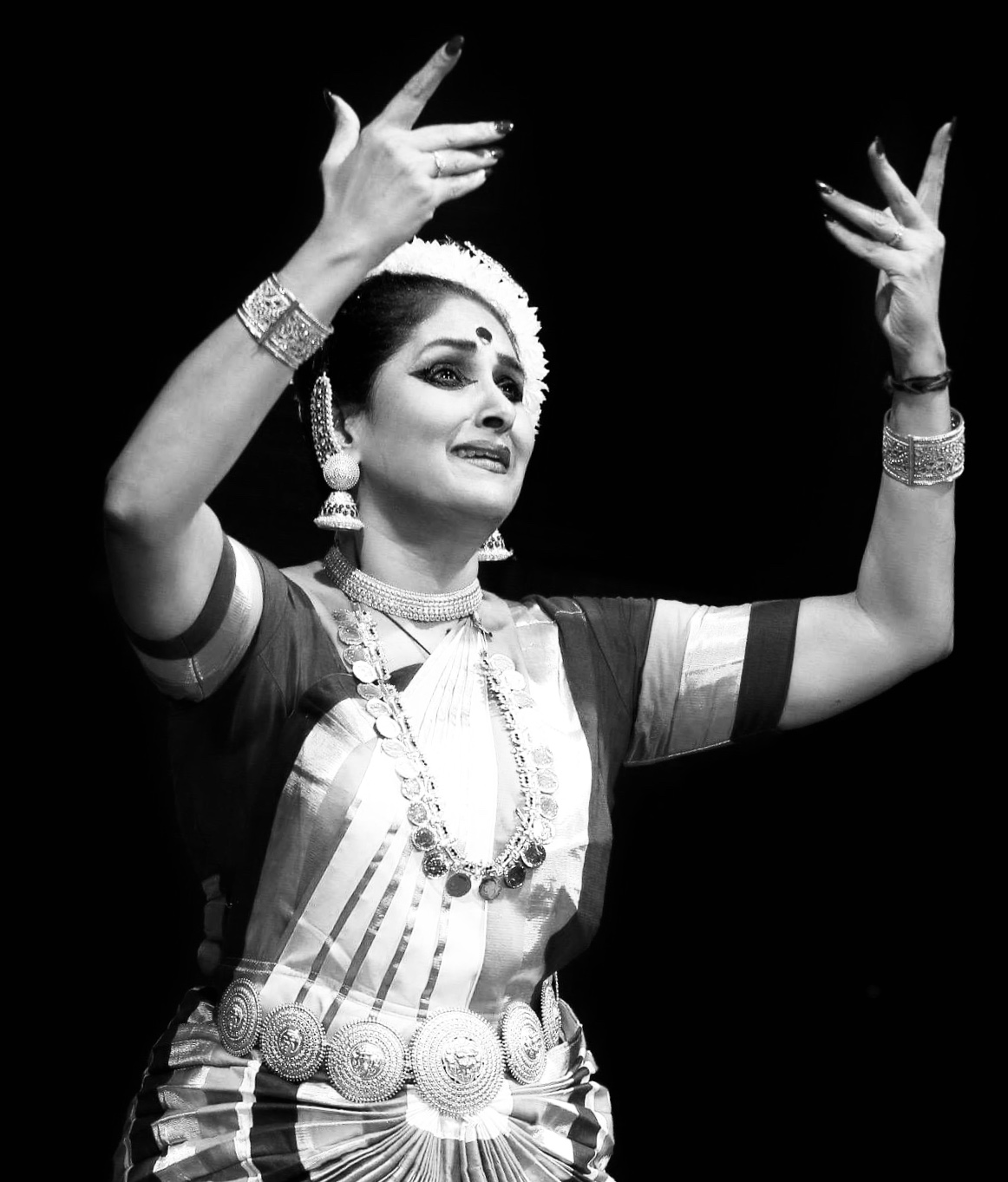

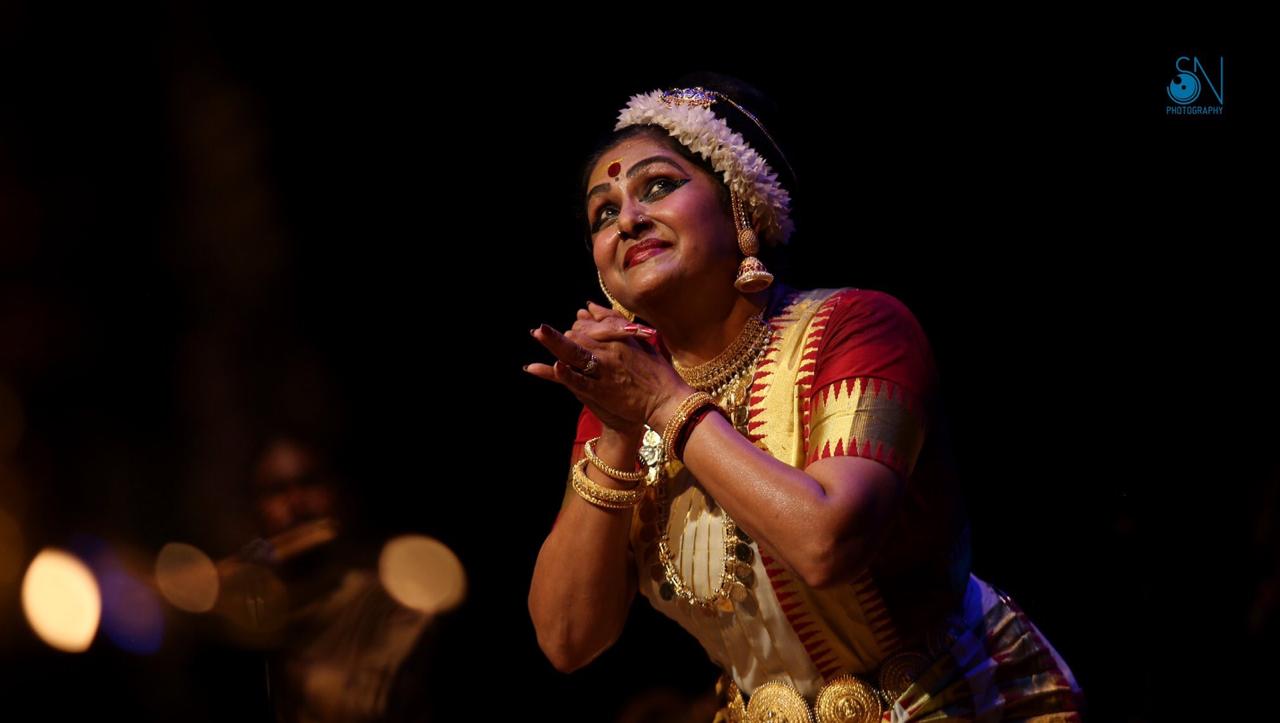

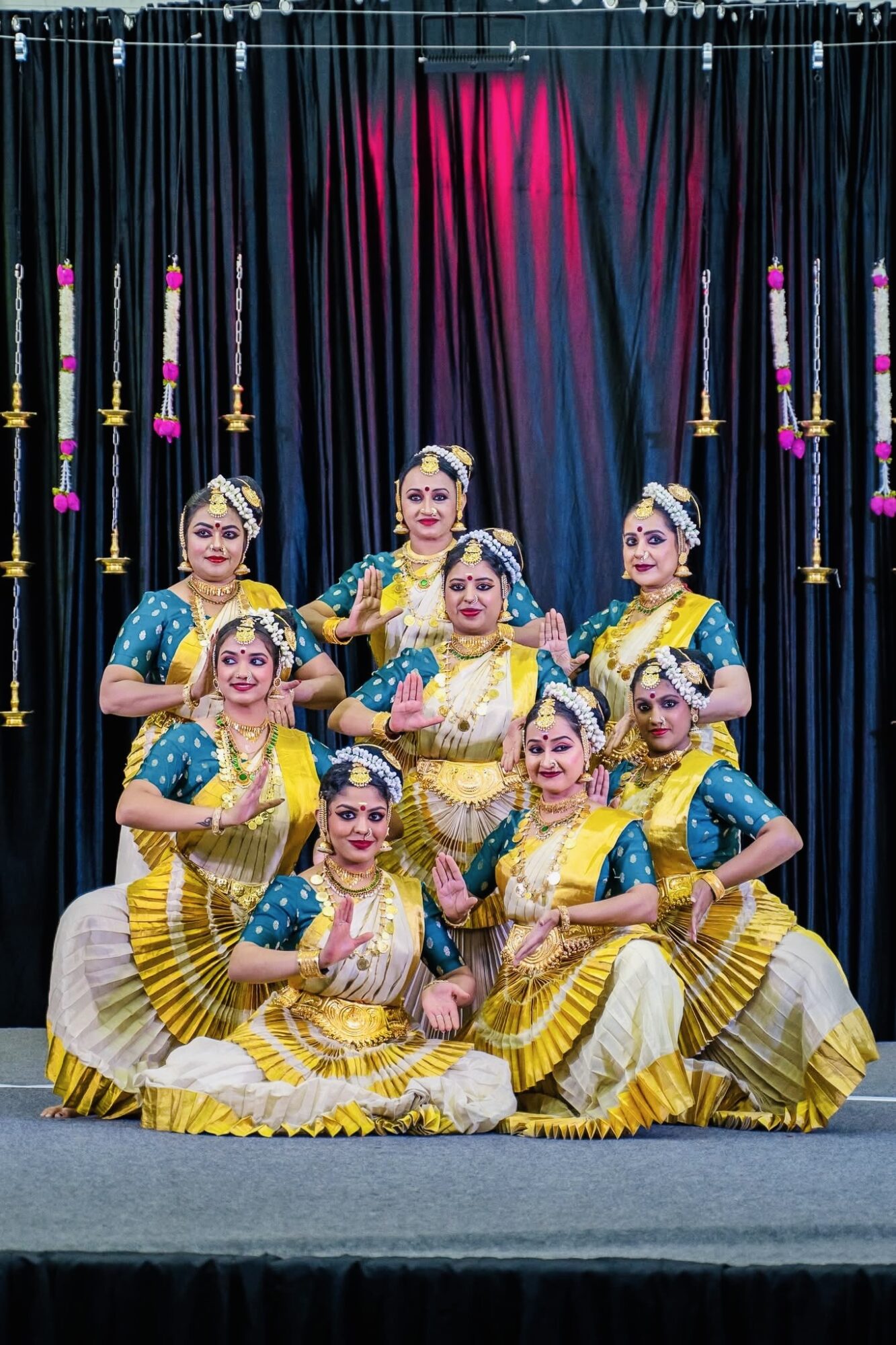

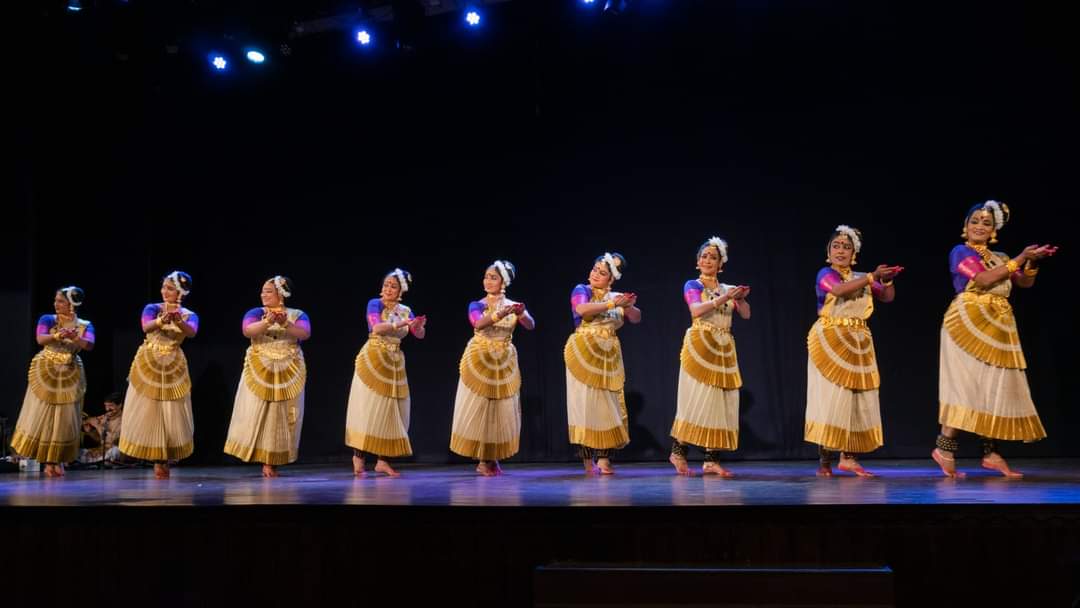

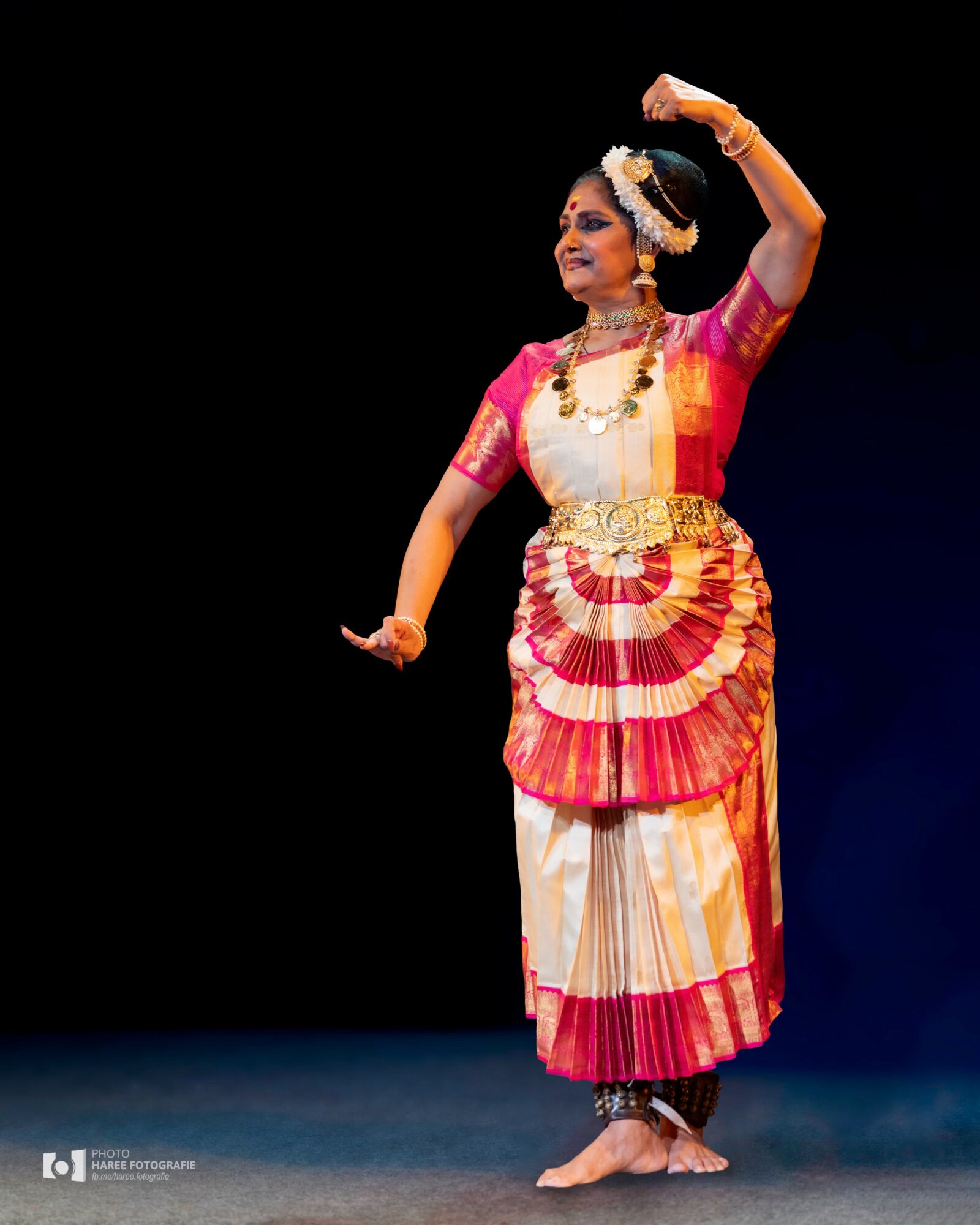


Image Credits
Murali Santhana
Haree Fotographie










